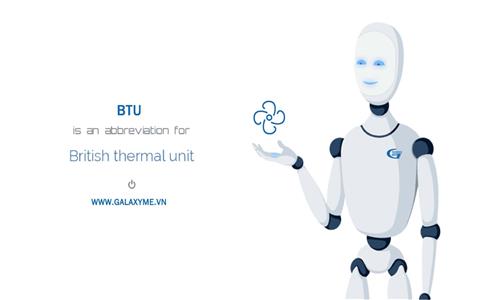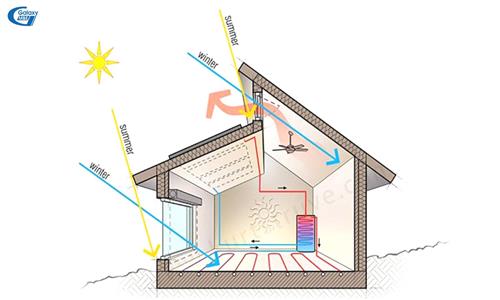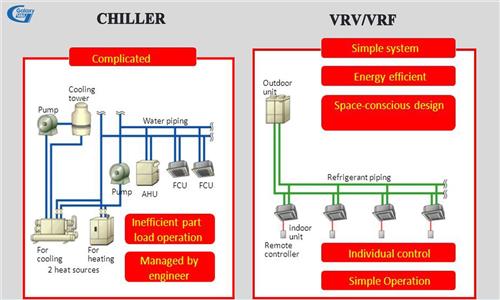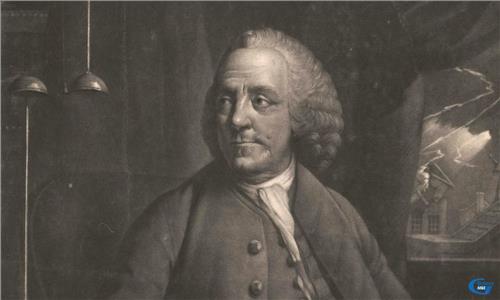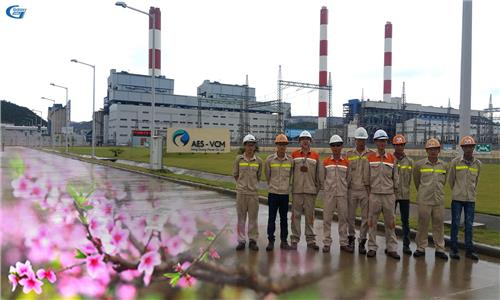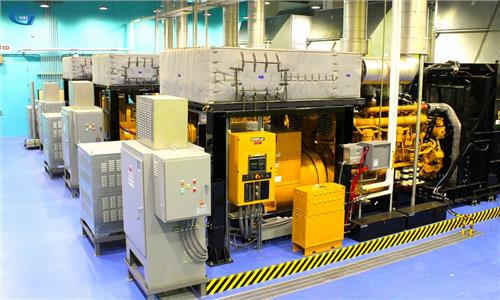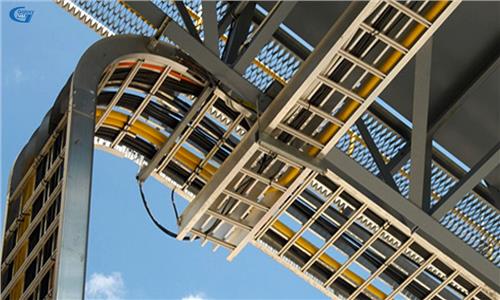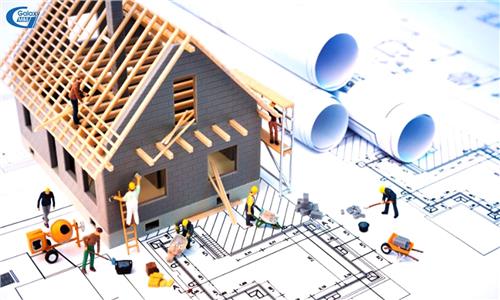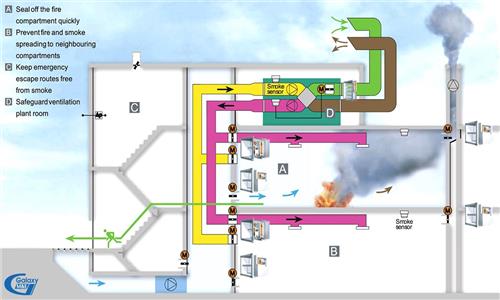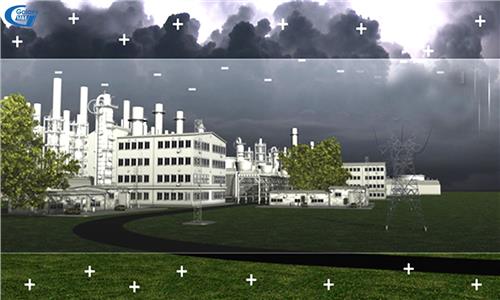4 factors that conserve electricity when using conditioning systems
With expertise and practical experience, Galaxy M&E will provide readers with 4 factors to help converse energy consumption when using air-conditioning systems.
Through many researches as well as practical experiments, mechanical and electrical engineers found that in each building the rate of energy consumed by the air conditioning system accounted for an average of 65% of the total power consumption. Office equipment consuming only 20%, and lights 15%.
To save energy for buildings, there is no other way to optimize the performance of the air-conditioning system. It doesn’t simply limit the amount of usage, it depends on a group of other factors such as architectural design, air conditioning system design, equipment selection, the installation, operation, and maintenance.
With the role of a unit specializing in designing, constructing and installing electromechanical work, Galaxy M&E will provide readers with 4 factors to help save energy when using air conditioning systems.
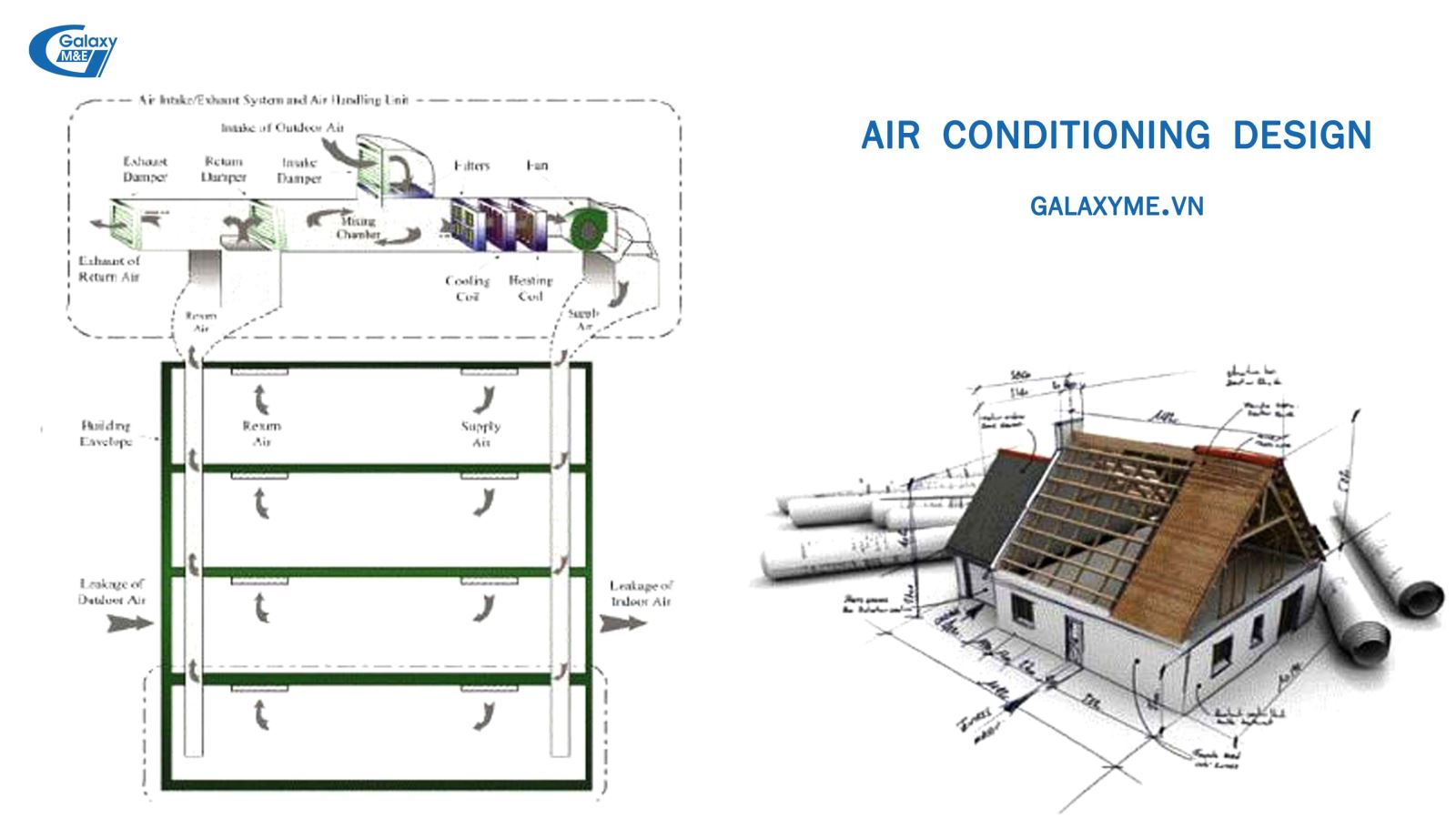
Overall simulation of the air conditioning systems.
1. Select design that is energy-efficient
Analyzing and selecting a reasonable design a system of air conditioners for each type of construction is important if it is to achieve high efficiency in energy saving. Currently there are two main types of air conditioner systems: direct cooling and indirect cooling. Direct cooling is direct cooling through heat exchangers installed directly inside the building. Common types are local air conditioners, refrigeration systems through FCU units installed in rooms where refrigerant load can be cold water, possibly refrigerant. Indirect cooling is the chilling to cool the air in humid heat exchange chambers (AHU) before bringing treated and chilled air into the room. This system is usually a central air conditioner with two popular systems, Water Chiller and VRV / VRF.
Each air conditioner system has its own advantages and disadvantages and is only suitable within certain capacity and functions. In order to select an appropriate and energy-saving air conditioner system, when designing, it is necessary to comprehensively analyze the system capacity, functions and functions of the building, taking into account the characteristics of use and operating conditions. When operating the project.
For large-scale constructions, large room spaces such as convention centers, halls, cinemas, gymnasiums, etc., central air-conditioning systems with chillers for water production should be designed. cold. The chiller system will bring high efficiency in saving energy and ensuring microclimate comfort conditions. For offices, offices, hotels ... should use VRV / VRF system. This system has the advantage of easily changing power from 10 to 130% through changing the rotation speed of the motor thanks to the frequency converter. The system is highly automated and can be divided into independent operations. Thanks to the central controller, the operator can close / close depending on the needs of each area. Therefore, VRV / VRF system also helps better manage power consumption corresponding to each specific floor, room / apartment.
In addition, the choice of air conditioner depends on the time of use, cooling or heating requirements …
Through research, analysis can give some basic directions for energy efficiency system design solutions, specifically as follows:
- With air conditioner system with usage time from 5 to 15 years, it is possible to install air conditioner for local cooling or VRV / VRF system with cooling capacity up to 100 TR (tons of cold);
- With the Air Conditioner system with 15 to 30 years of use, a centralized chiller or VRV / VRF system with large capacity should be installed. Preferably use water or centrifugal chillers with inverter;
- When air conditioner system has heating mode, it is advisable to use air conditioner with heat pump (Heat pump chiller);
- Do not use electricity directly for heating purposes;
- When air conditioner system has dehumidification mode, it is advisable to use air recuperator (Heat recovery chiller) to provide hot water. This will bring about energy efficiency;
- For hotel-type constructions, it is advisable to use a combination of air-conditioners and heat pumps, which will result in higher energy efficiency;
- For buildings that need to use a cooling capacity greater than 10,000 TR, using an absorption air conditioner in the combination of Power - Heat - Refrigeration will give higher energy efficiency.
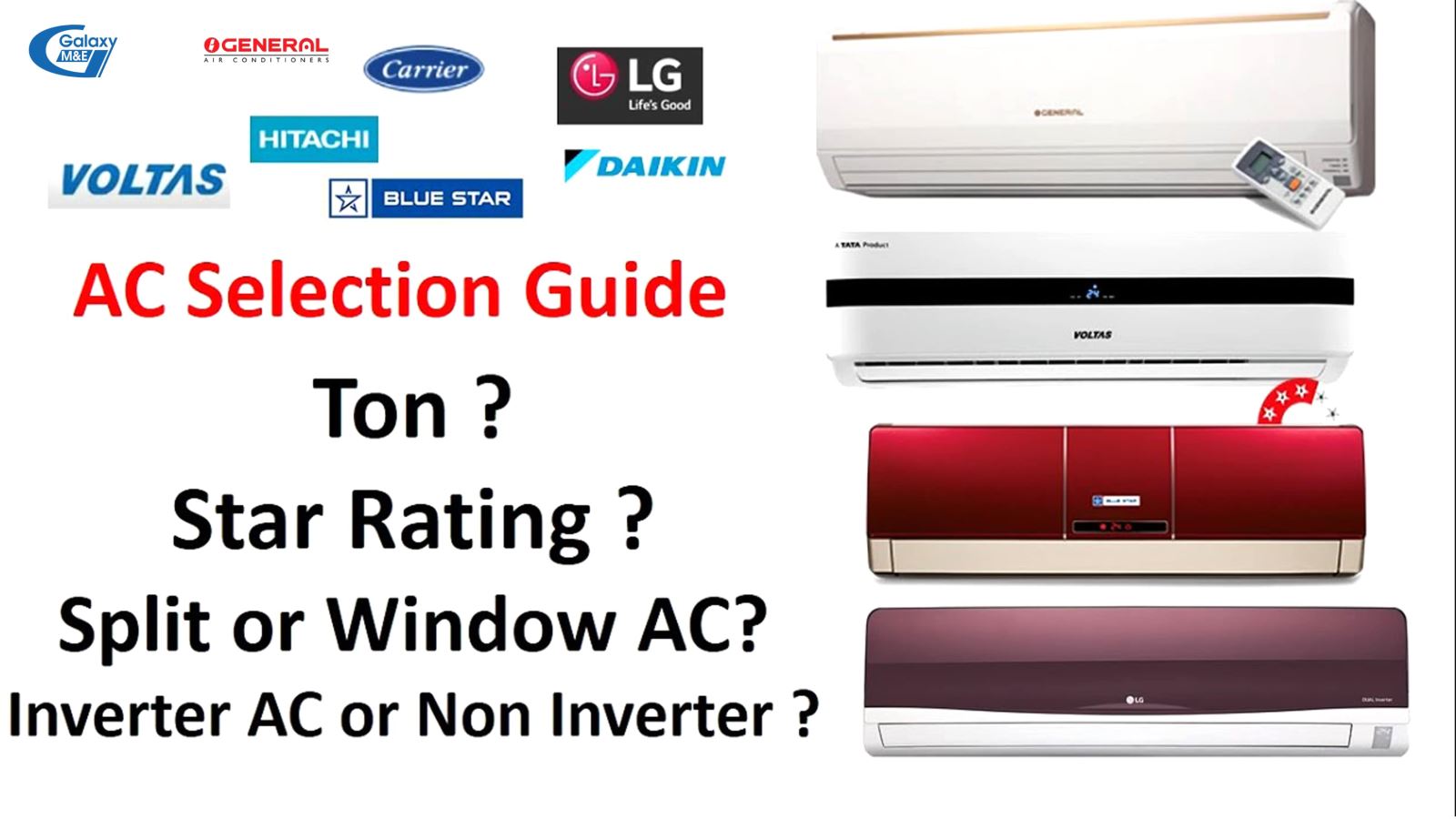
Many different air conditioner brands come with many question marks for choosers.
2. Saving energy for air conditioner system by selecting appropriate equipment and technology
You can use a number of different things among different things.
Currently in Vietnam there may be two parts of them. Our sections have two parts of them. Your parts, a part of your parts.
- COP platinum index (Coefficient of performance). COP = Maximum formula/total power and data
- Only a large amount of energy EER (Energy efficiency ratio). EER = Maximum formula / total power and data;
- PIC indicator and PIC phone (Input power). PIC = Electronic works and technological audio (electric kW/kW).
To determine the electricity consumption of the chiller, we can use the calculation method according to the American ARI standard to determine the average annual electricity consumption. In fact, air conditioner system not only has chiller but also uses many other types of direct air conditioner. In addition, in the chiller system, there are also many other additional equipment such as cold water pumps, cooling water pumps, cooling towers, AHU, FCU ... So to properly assess the electricity consumption in the HVC system, we have You can use the following general formula:
In order to reduce the power consumption for the Air conditioner system, we must first select the type of equipment that matches the required capacity, select the type of air conditioner with IPLV efficiency and more importantly, select the inverter technology to Control cooling capacity, pump capacity and fan according to the building's cooling load. The application of inverter technology in stepless control of power from 10 to 100% will be useful for energy saving. For large-scale constructions, it is recommended to install heat recovery ventilation system to reuse excess heat, increase energy efficiency.
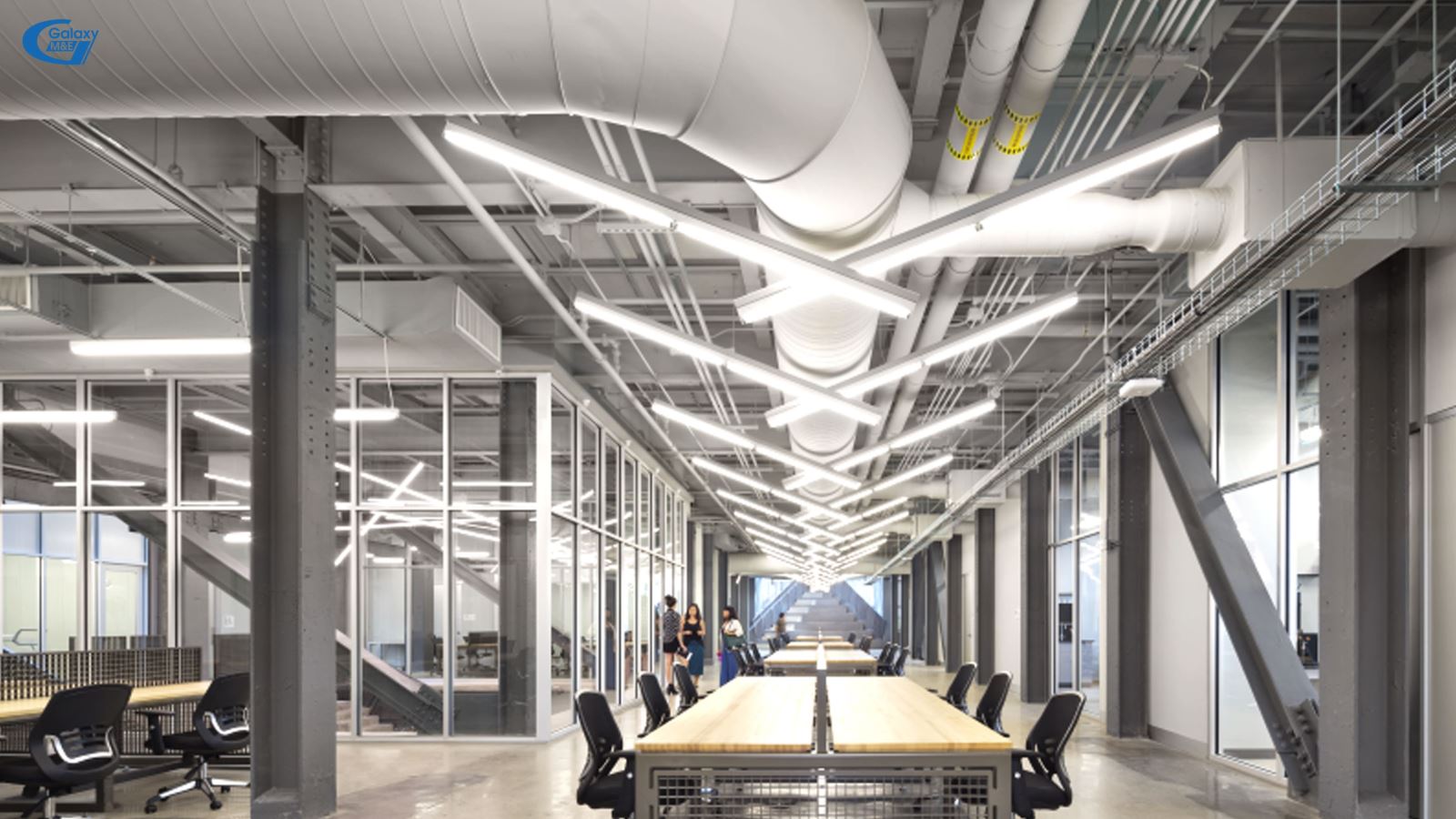
Refrigerant piping system to the place where Air Conditioner is located.
3. Saving energy for air-conditioning system through heat-pipe construction
The characteristics of all central air conditioning systems are refrigeration equipment, air handling units (AHU), cold water pumping systems, all located outside the cooling space. Therefore, it is necessary to have a system of refrigerated pipelines leading to the place where HCMUT is located.
To avoid loss of heat during transportation, it is necessary to insulate the refrigerant pipelines. Correct and adequate insulation helps to increase efficiency, reduce the load time of the air-conditioning system, thereby saving power.
In order to meet the above purposes, the process of construction of refrigerated piping system should strictly follow the technical requirements as well as instructions of the equipment manufacturer. When the insulation layer is not sealed, tight, not thick enough, and does not eliminate all heat and moisture bridges, in addition to heat loss, dew condensation may occur, damaging the entire insulation layer.
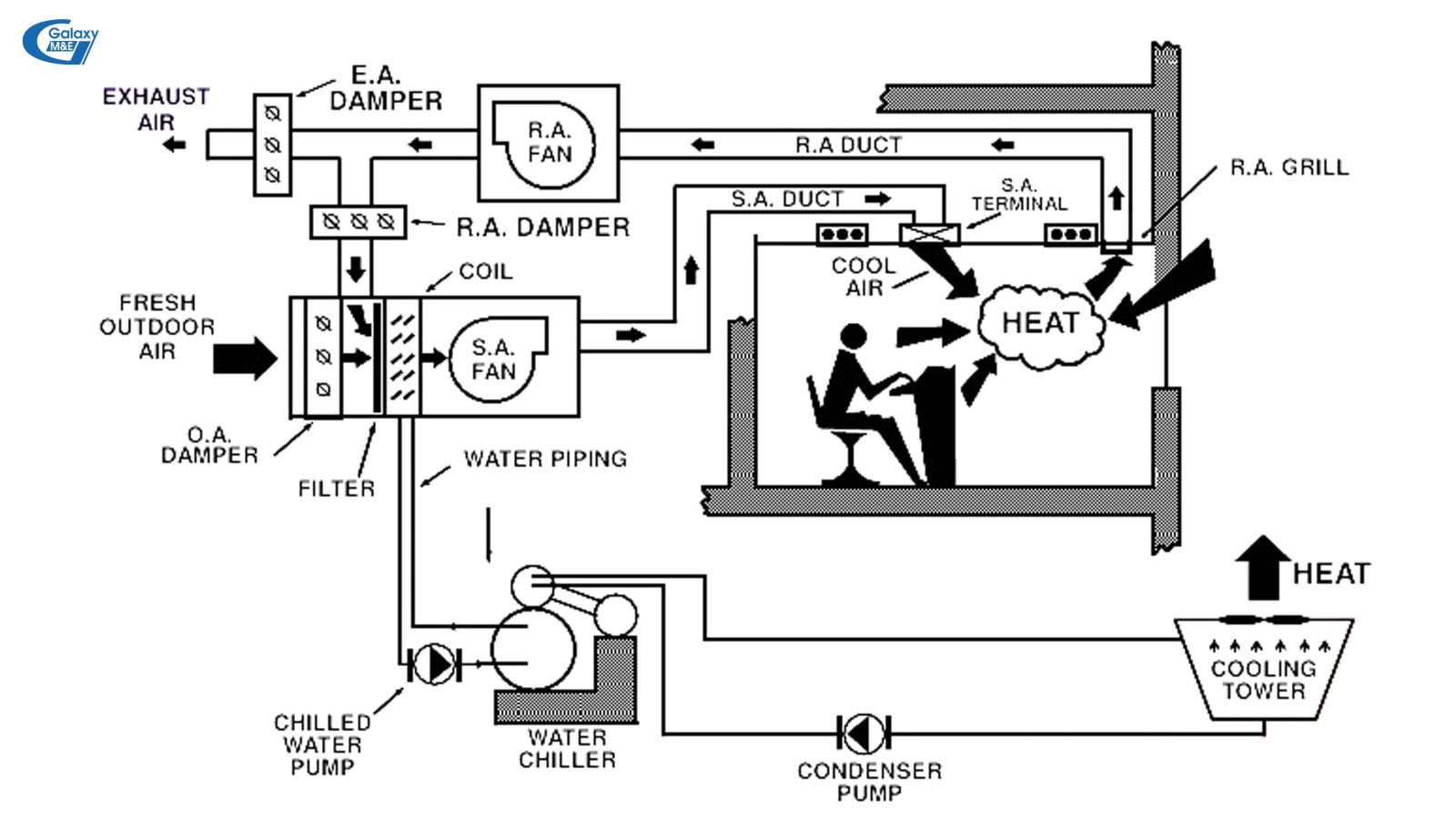
Proper operation will contribute significantly to reducing the amount of electricity used for air conditioning.
4. Saving energy for air conditioning system through operation process
Measures to improve the efficiency of energy use and energy efficiency for the air conditioner system include:
- Organizing, rationally managing and operating according to use demands;
- There is a maintenance regime, periodic hygiene for the entire system;
- Ensuring the quality of soft water for the water chiller system;
- Do not let room temperature below freezing. When the evaporation temperature decreases by 1 ° C, then the electricity
power consumption is estimated to increase by more than 1%;
- Promptly repair failures, avoid energy loss for the system;
- Need a team of professional engineers to manage and operate the system scientifically.
In order to save energy for the HCMUT system, it is necessary to carry out a total of solutions including: Architectural design, structure of enclosures covering works, selection of HVAC systems for each type of construction and construction. installation, operation, exploitation.
Among the factors mentioned, the overall design and construction of the Air Conditioner system is crucial to the total energy consumption and equipment use efficiency. The quality of design and construction depends greatly on the capabilities and experience of the M&E contractor. A reasonable design, scientific construction plan can help investors save about 30% of power consumption.
Galaxy M&E




